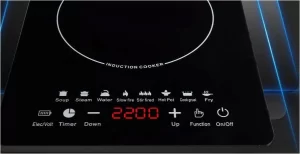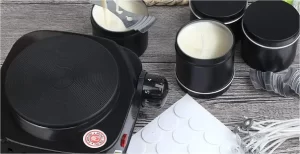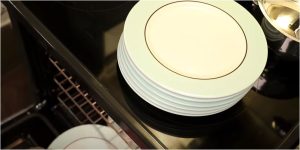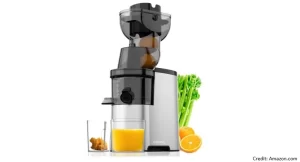To Leave or Not to Leave: The Hot Plate Overnight Conundrum
It is not recommended to leave a hot plate on overnight due to the safety risks involved, such as the potential for a fire hazard, damage to kitchen surfaces and appliances, and risks to children and pets.
Leaving a hot plate on overnight can lead to a variety of hazardous situations. One of the most significant dangers is the risk of fire. Hot plates generate heat and, if left unattended for extended periods, can ignite nearby objects or surfaces.
Moreover, prolonged use can cause damage to kitchen appliances and surfaces, increasing repair or replacement costs. There is also a risk to children and pets, who may accidentally come in contact with the hot surface and sustain burns.
In terms of energy consumption, keeping a hot plate on for an extended period contributes to a higher electricity bill and a larger carbon footprint. Also, while a hot plate can keep food warm, the maximum time to keep food on a hot plate is generally 2 hours to avoid bacterial growth and food spoilage.
After that, it is advised to store the food in the refrigerator. Although leaving a hot plate on overnight can offer convenience for late-night meals or slow-cooked dishes, it is crucial to weigh the potential benefits against the risks and consider alternative methods if necessary.
Safety of Hot Plates
Hot plates are generally considered safe for use and are a popular choice among college students, office workers, and those living in smaller spaces without a full kitchen. They are designed with safety features such as automatic shut-off, adjustable temperature controls, and indicator lights that show if the hot plate is on or off.
However, as with any electrical appliance, there is always a risk involved. The safety of a hot plate largely depends on its quality, how it is used, and the regular maintenance it receives. It is crucial to purchase a hot plate from a reputable manufacturer, follow the instructions carefully, and regularly check for any signs of wear or damage.
Also, never cover the hot plate with anything, and always place it on a flat, stable surface. Keeping the area around the hot plate free from flammable materials, regularly cleaning the appliance, and not leaving it unattended for extended periods are also essential practices for safe use.
Leaving Hot Plate On Overnight
It is not advisable to leave a hot plate on overnight. While some people might do this for convenience, such as slow-cooking a meal or keeping food warm, the risks involved outweigh the benefits.
Prolonged use of a hot plate increases the chances of the appliance overheating, which could lead to a fire. The potential for an electrical fault or a short circuit also increases with extended use.
Even though some hot plates have safety features like automatic shut-off after a certain period, it is still not recommended to leave them on for an extended time.
Moreover, leaving a hot plate on overnight increases energy consumption and contributes to a higher electricity bill.
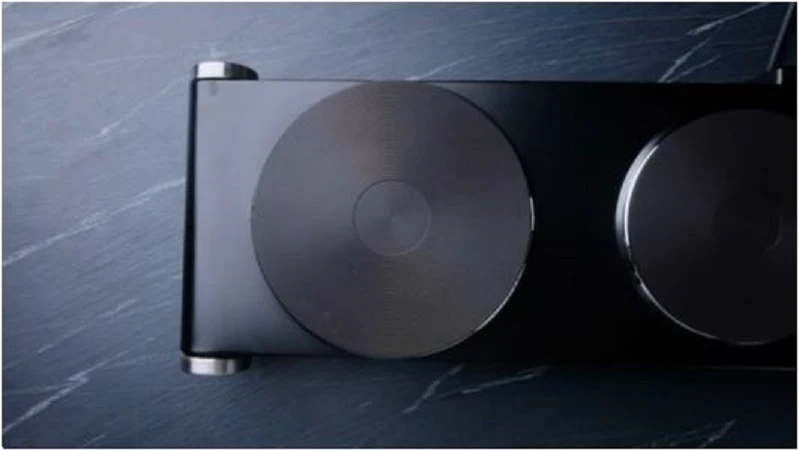
what happens if you leave a hot plate on?
Leaving a hot plate on for an extended period can have several consequences. The most significant risk is the fire hazard it presents. The hot plate generates heat, and if left unattended, it can ignite nearby objects or surfaces.
Damage to kitchen appliances and surfaces is also a possibility with prolonged use. Children and pets are at risk of burns if they accidentally come in contact with the hot surface.
Also, the prolonged use of a hot plate can result in wear and damage to the appliance, reducing its lifespan and efficiency.
Learn More: 5 Reasons Why Your Hot Plate Won’t Boil Water & Their Fixes
Maximum Duration for Using Hot Plate
There is no fixed maximum duration for using a hot plate, as it largely depends on the manufacturer’s instructions and the appliance’s safety features. However, it is generally recommended not to use a hot plate continuously for more than two hours.
This duration is considered safe and helps to avoid overheating and potential damage to the appliance. If the hot plate has an automatic shut-off feature, it will turn off after a specified period, usually between 1 to 3 hours.
It is essential to read the manufacturer’s instructions carefully and follow the recommended usage guidelines. Also, it is crucial to monitor the hot plate regularly during use and turn it off if any signs of overheating or malfunction are observed.
Read More: 4 Best Plate Warmers
Hot Plate Hazards
Hot plates are convenient appliances, especially for those with limited kitchen space or those who need a portable cooking option. Yet, they come with their set of hazards. The most notable danger is the risk of fire.
Prolonged use can cause the hot plate to overheat, potentially igniting nearby objects. There’s also the danger of electrical faults or short circuits, especially if the appliance is old or damaged.
Other hazards include burns from accidental contact with the hot surface, damage to nearby appliances and surfaces due to the heat generated, and the risk of food spoilage if the hot plate is used to keep food warm for extended periods.
Furthermore, leaving a hot plate on for an extended period can lead to increased energy consumption, contributing to higher electricity bills and a larger carbon footprint. It’s essential to be aware of these hazards and take necessary precautions to ensure safe usage.
Precautions to Take If You Must Leave a Hot Plate On
If it’s necessary to leave a hot plate on for an extended period, some precautions can help minimize the risks:
1. Choose the Right Hot Plate: Opt for a hot plate with safety features such as automatic shut-off, adjustable temperature controls, and indicator lights.
2. Position Safely: Place the hot plate on a flat, stable surface, and ensure the area around it is free from flammable materials.
3. Regular Monitoring: Even if it’s inconvenient, try to check the hot plate regularly to ensure it’s functioning correctly and not overheating.
4. Use Appropriate Cookware: Use cookware that is compatible with the hot plate and is of the right size and material.
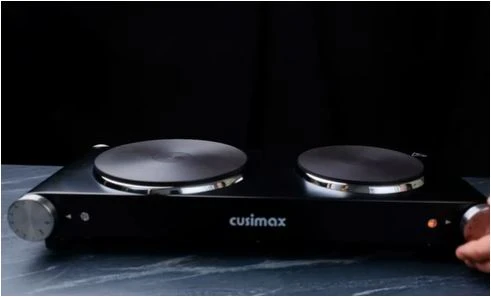
5. Set a Timer: If the hot plate does not have an automatic shut-off feature, set a timer to remind yourself to turn it off after a certain period.
6. Keep Away from Children and Pets: Ensure that the hot plate is out of reach of children and pets to avoid accidental burns.
7. Read the Manufacturer’s Instructions: Follow the manufacturer’s guidelines for safe usage and maintenance of the hot plate.
Summary
Leaving a hot plate on overnight comes with significant risks, including fire hazards, damage to surfaces and appliances, and risks to children and pets. It also has environmental implications due to energy consumption. Nonetheless, there can be benefits such as keeping food warm and convenience for late-night meals.
If it is necessary to leave a hot plate on, it is crucial to take precautions such as choosing the right hot plate, positioning it safely, and regularly monitoring it. It’s also necessary to be aware of the legal and insurance implications. Ultimately, the decision to leave a hot plate on overnight should be made carefully, considering all the risks and benefits.
